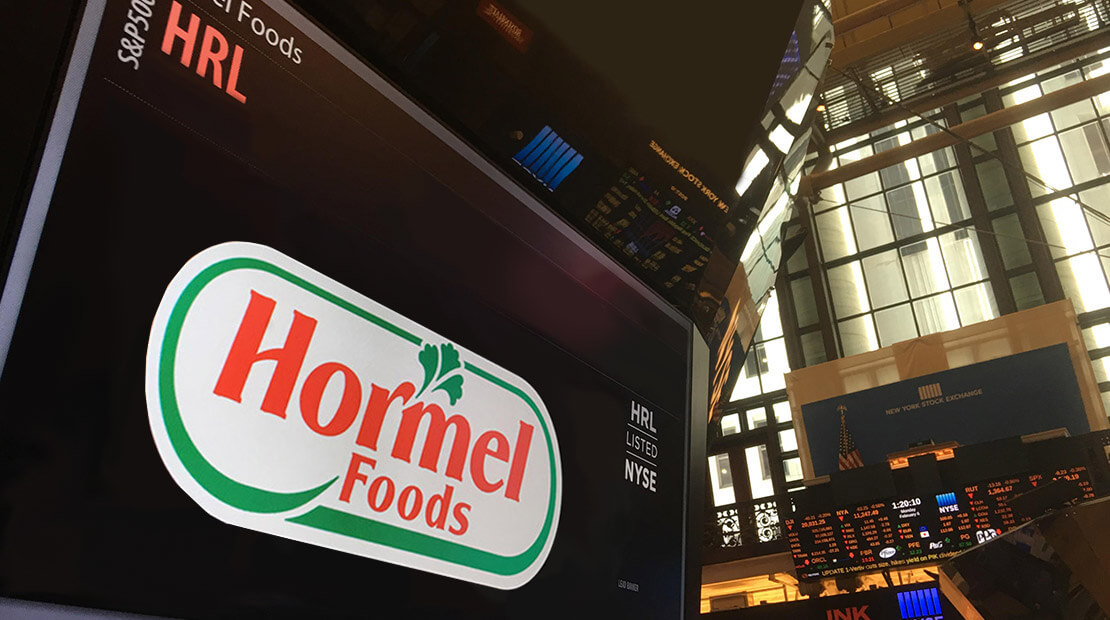About Hormel Foods – Inspired People. Inspired Food.™
Hormel Foods Corporation, based in Austin, Minn., is a global branded food company with over $9 billion in annual revenues across 75 countries worldwide. Its brands include SKIPPY®, SPAM®, Hormel® Natural Choice®, Applegate®, Justin’s®, Columbus®, Wholly®, Hormel® Black Label®, Columbus® and more than 30 other beloved brands. The company is a member of the S&P 500 Index and the S&P 500 Dividend Aristocrats, , was named on the “Global 2000 World’s Best Employers” list by Forbes magazine for three straight years, is one of Fortune magazine’s most admired companies, has appeared on Corporate Responsibility Magazine’s “The 100 Best Corporate Citizens” list for the 12th year in a row, and has received numerous other awards and accolades for its corporate responsibility and community service efforts. The company lives by its purpose statement — Inspired People. Inspired Food.™ — to bring some of the world’s most trusted and iconic brands to tables across the globe. For more information, visit www.hormelfoods.com and https://www.hormelfoods.com/global-impact/.
FORWARD-LOOKING STATEMENTS
This news release contains forward-looking information based on management’s current views and assumptions. Actual events may differ materially. Please refer to the cautionary statements regarding “Risk Factors” and “Forward-Looking Statements” that appear on pages 35-42 in the company’s Form 10-Q for the fiscal quarter ended Apr. 26, 2020, which can be accessed at hormelfoods.com in the “Investors” section.
Note: Due to rounding, numbers presented throughout this news release may not sum precisely to the totals provided, and percentages may not precisely reflect the absolute figures.
1 COMPARISON OF U.S. GAAP TO NON-GAAP FINANCIAL MEASUREMENTS
The non-GAAP adjusted financial measurements of organic net sales and organic volume are presented to provide investors with additional information to facilitate the comparison of past and present operations. Organic net sales and organic volume are defined as net sales and volume, excluding the impact of acquisitions and divestitures. Organic net sales and organic volume exclude the impacts of the Sadler’s Smokehouse acquisition (March 2020) in the Refrigerated Foods segment and the CytoSport divestiture (April 2019) in the Grocery Products, and International & Other segments.
The company defines the non-GAAP adjusted financial measurement of operating free cash flow as cash provided by or used in operating activities from continuing operations (a GAAP measure) less capital expenditures. The company views operating free cash flow as an important measure, because it is one factor in evaluating the amount of cash available for discretionary investments.
The company believes these non-GAAP financial measurements provide useful information to investors, because they are the measurements used to evaluate performance on a comparable year-over-year basis. Non-GAAP measurements are not intended to be a substitute for U.S. GAAP measurements in analyzing financial performance. These non-GAAP measurements are not in accordance with generally accepted accounting principles and may be different from non-GAAP measures used by other companies.
